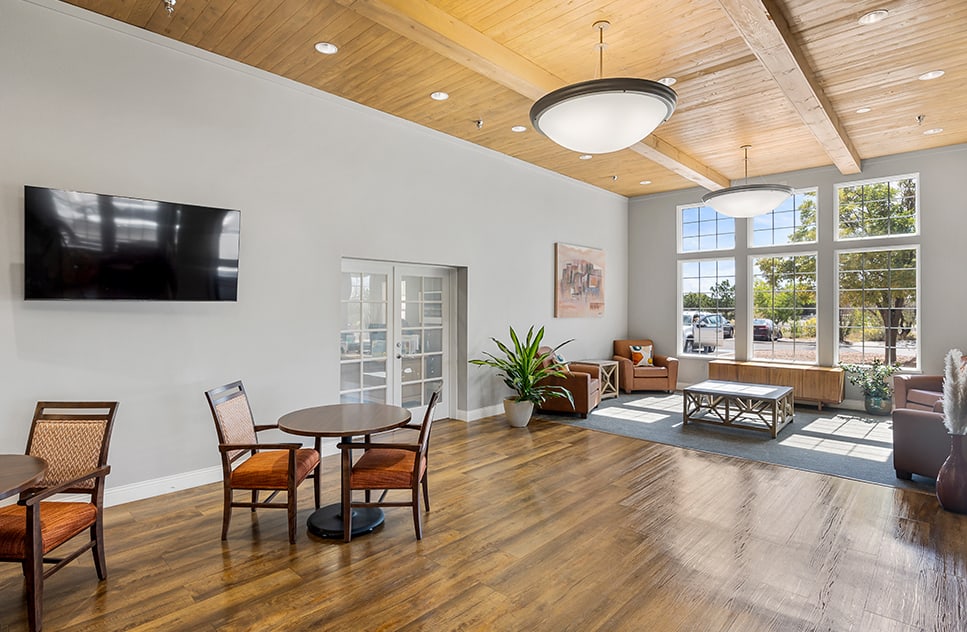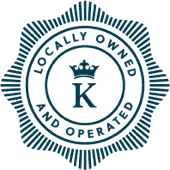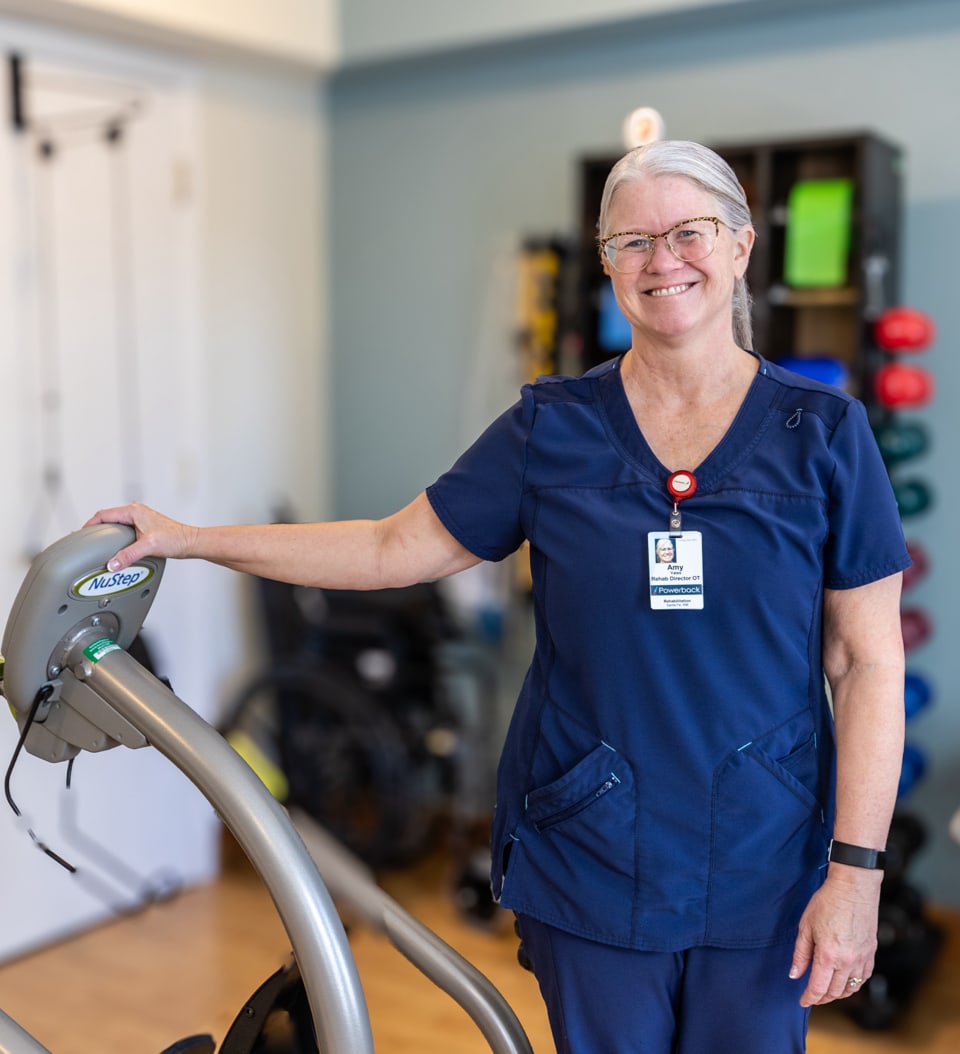Deciding to transition into assisted living can evoke strong emotions due to the significant changes and unfamiliar environment. Whether driven by health decline, safety concerns, or the need for specialized care, moving loved ones into assisted living requires meticulous planning and consideration. To make sure of a smooth transition, having a comprehensive checklist is essential.
Kingston Residence of Santa Fe suggests including the following steps on your assisted living move-in checklist:
- Researching available options
- Assessing your loved ones needs
- Ensuring financial readiness
- Tips for decluttering and downsizing
- Planning the moving day
- Settling legal, financial, and medical matters
- Providing necessary emotional support
- Personalizing their new space
- Staying involved and engaged
Moving to assisted living can be an exciting and positive change, especially once your loved one becomes acclimated and starts enjoying their new community and its services and experiences!
Research & Explore Options
Begin by thoroughly researching and selecting the ideal assisted living community for your family member. Key aspects to consider include:
- The community’s location
- The staff-to-resident ratio
- The standard of care provided
- The amenities available
- The overall cost
Schedule visits and consultations with potential communities to gain a better understanding of their environments and ensure they meet your loved one’s needs.
Assess Your Loved Ones’ Needs
Evaluating your loved ones’ current health condition, mobility, and specific care requirements is crucial when transitioning them to an assisted living community. This assessment goes beyond checking boxes; it involves understanding their daily lives and how their health affects their independence.
If mobility is an issue, look for a community that offers more hands-on support and possibly equipment or therapy services. If they are still relatively agile, a community that promotes independence may be more suitable.
Reviewing their care needs is also essential. Consider medication management, personal care routines, dietary requirements, and other health conditions. Each factor significantly influences the level of assistance they’ll need.
Financial Planning
Navigating the finances of assisted living requires a strategic approach, given that monthly expenses average around $4,500, according to the National Council on Aging. Effective management of these costs hinges on detailed financial planning.
While financing assisted living may seem daunting, exploring resources such as long-term care insurance, government programs, and veterans’ benefits can provide viable solutions.
Declutter & Downsize
Moving to a smaller living space often necessitates downsizing. Help your loved one by taking an organized approach: handle one room at a time and sort items into categories like keep, donate, or sell.
This process can be emotional. Respect your family members’ feelings and needs throughout downsizing. Take all the time you need, but plan for this. Above all, be patient with yourself and your loved ones.

Create a Moving Plan
Creating a detailed moving plan will help streamline the process and ensure the day goes smoothly. The plan should include tasks, timelines, and responsibilities. Arrange for movers or enlist family and friends to help pack and move belongings.
Establish a timeline for the move, including crucial dates like lease or contract signing, moving day, and transitioning to the assisted living community.
Address Legal, Financial, & Medical Matters
Make sure that all relevant parties and services, including the bank, utility companies, and government agencies, have your loved one’s updated address. It’s also crucial to review and update legal documents such as wills, powers of attorney, and advance directives. Transfer medical records and prescriptions to the new assisted living community, and inform all healthcare providers of the move while providing any necessary documentation or authorizations.
Emotional Support
Transitioning into assisted living can be emotionally challenging for your loved one and family. Be open and supportive, offering reassurance throughout the process. Consider seeking help from a therapist or counselor to ease the transition. Additionally, involve your loved one in discussions about the move to maintain their sense of autonomy, encourage open communication, and validate their feelings.
Personalize the New Space
Assist your loved ones in personalizing their new living space to make it feel like home. Bring familiar belongings, photos, and keepsakes to create a comfortable environment. Encourage them to design a new look, incorporating personal touches and functional elements.
Stay Involved & Engaged
After the move, remain actively involved in your family member’s care and well-being. Visit regularly, participate in activities together, and maintain open communication with the staff to ensure their needs are met. Connection and engagement are vital parts of everyone’s daily lives.
Navigating the Transition with Compassion
Moving loved ones into assisted living is a significant life transition that requires careful planning, emotional support, and empathy. By following this comprehensive checklist and working together as a family, you can help ensure a smooth and successful transition for your loved ones.
Kingston Residence of Santa Fe is here to assist in any way we can, offering resources, helpful staff, and wonderful accommodations. We invite you to reach out to see what we offer!






